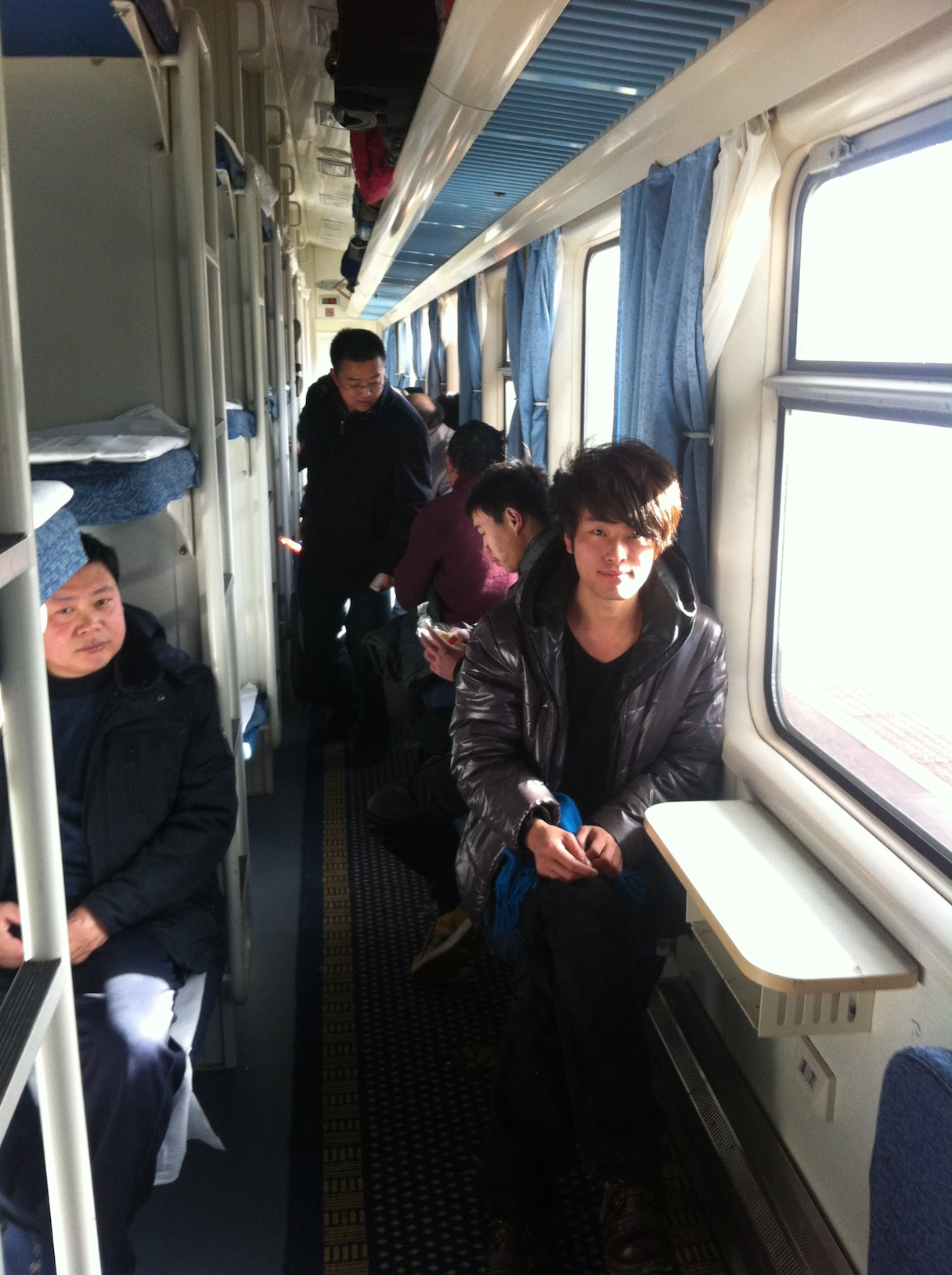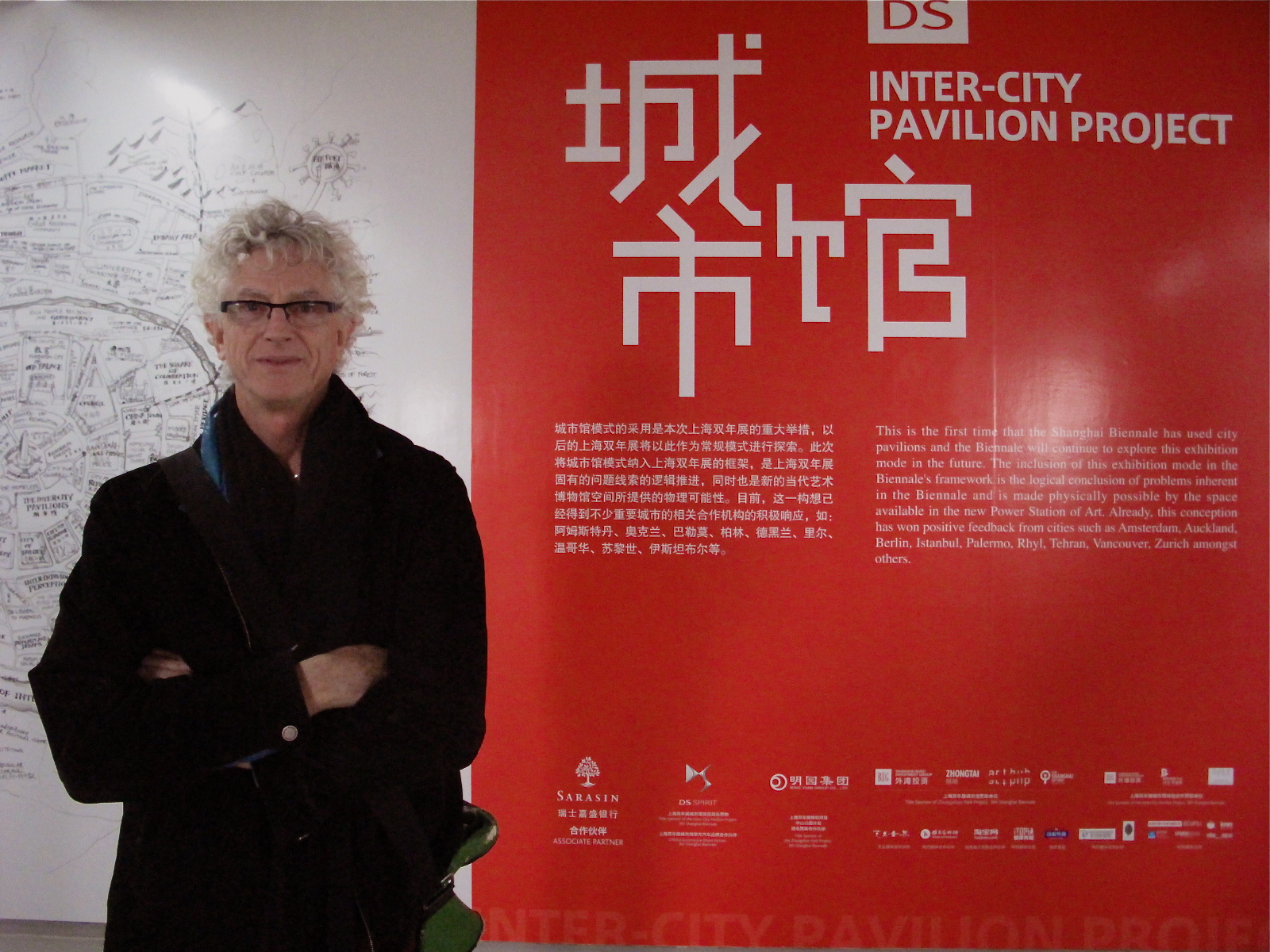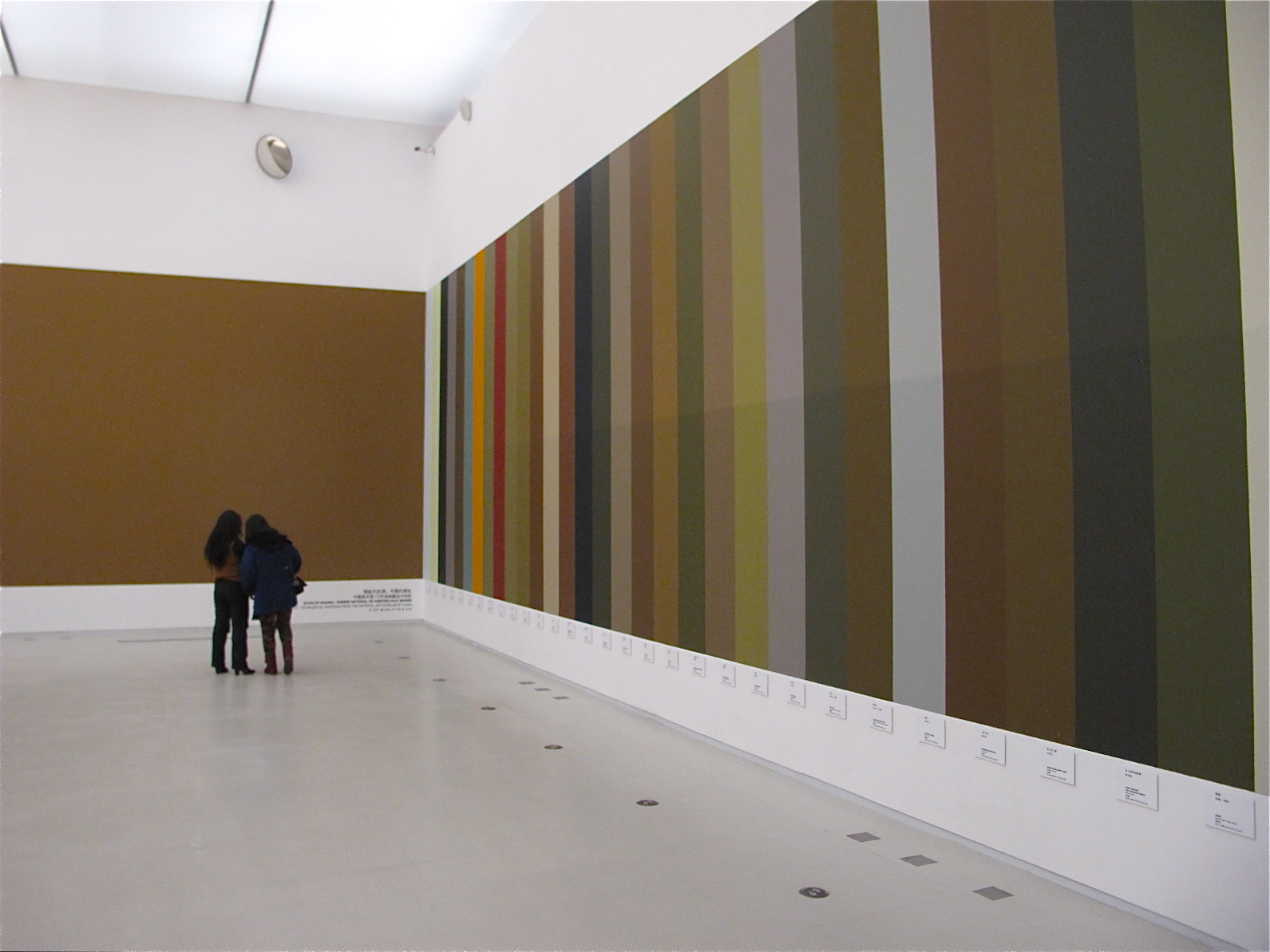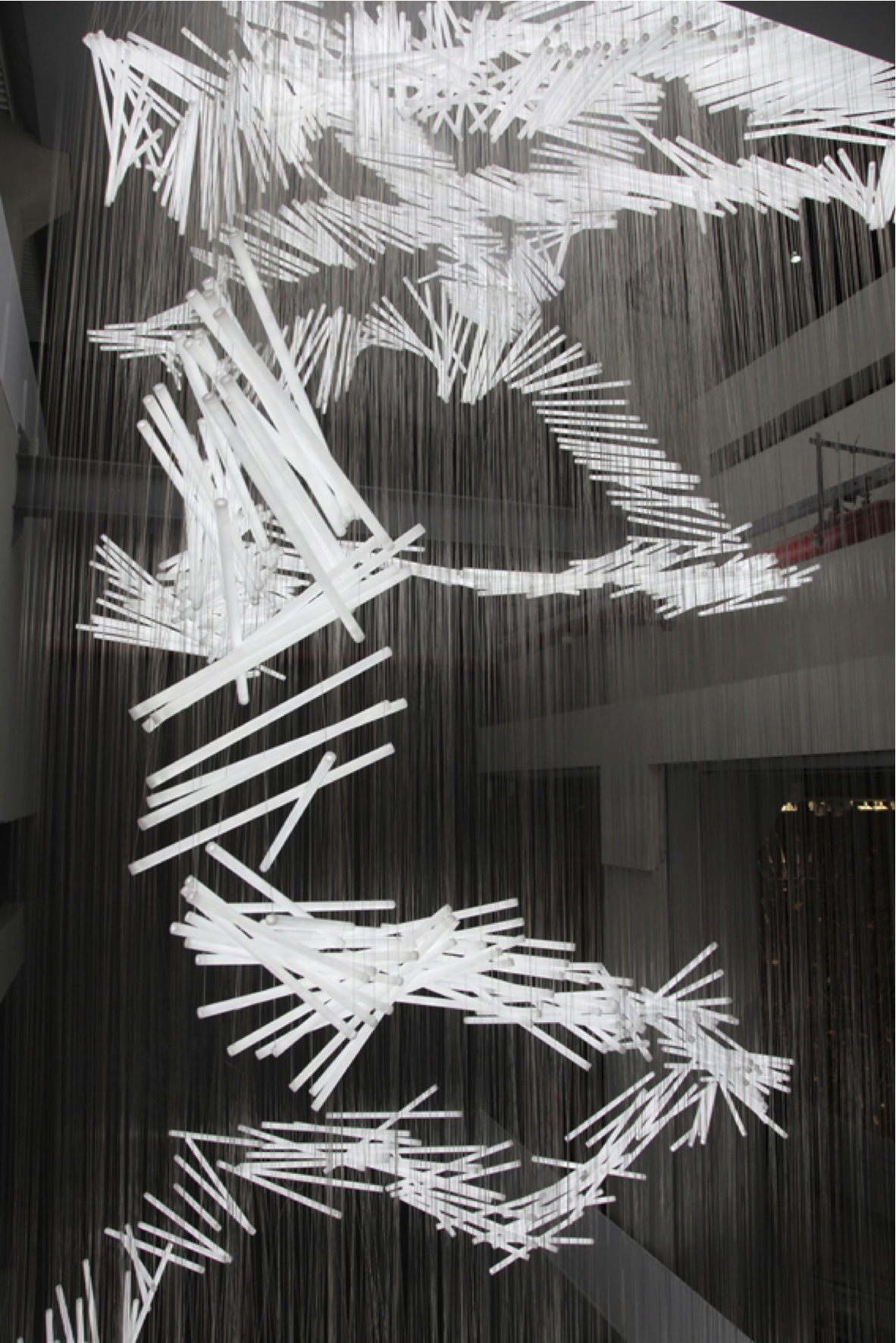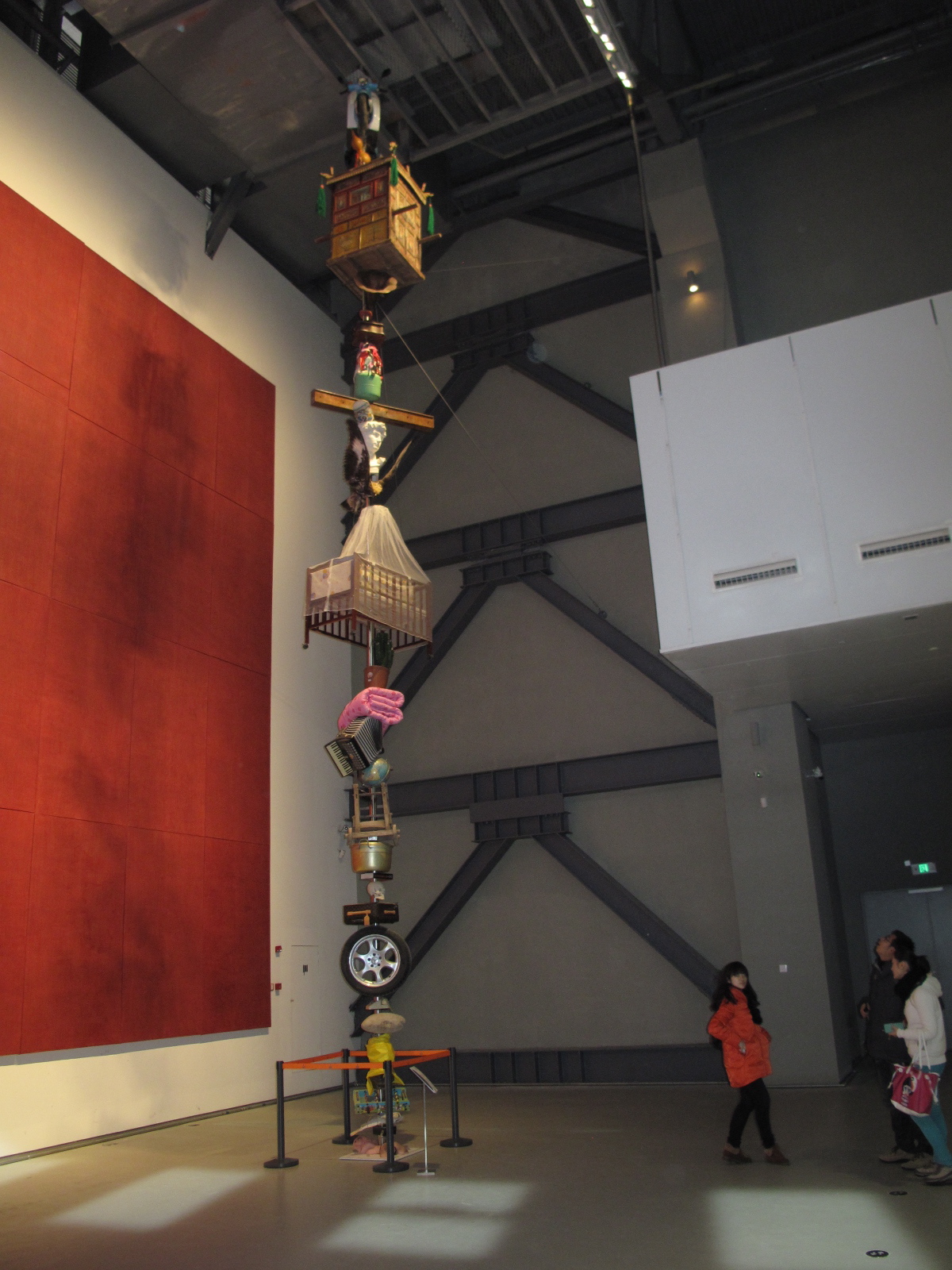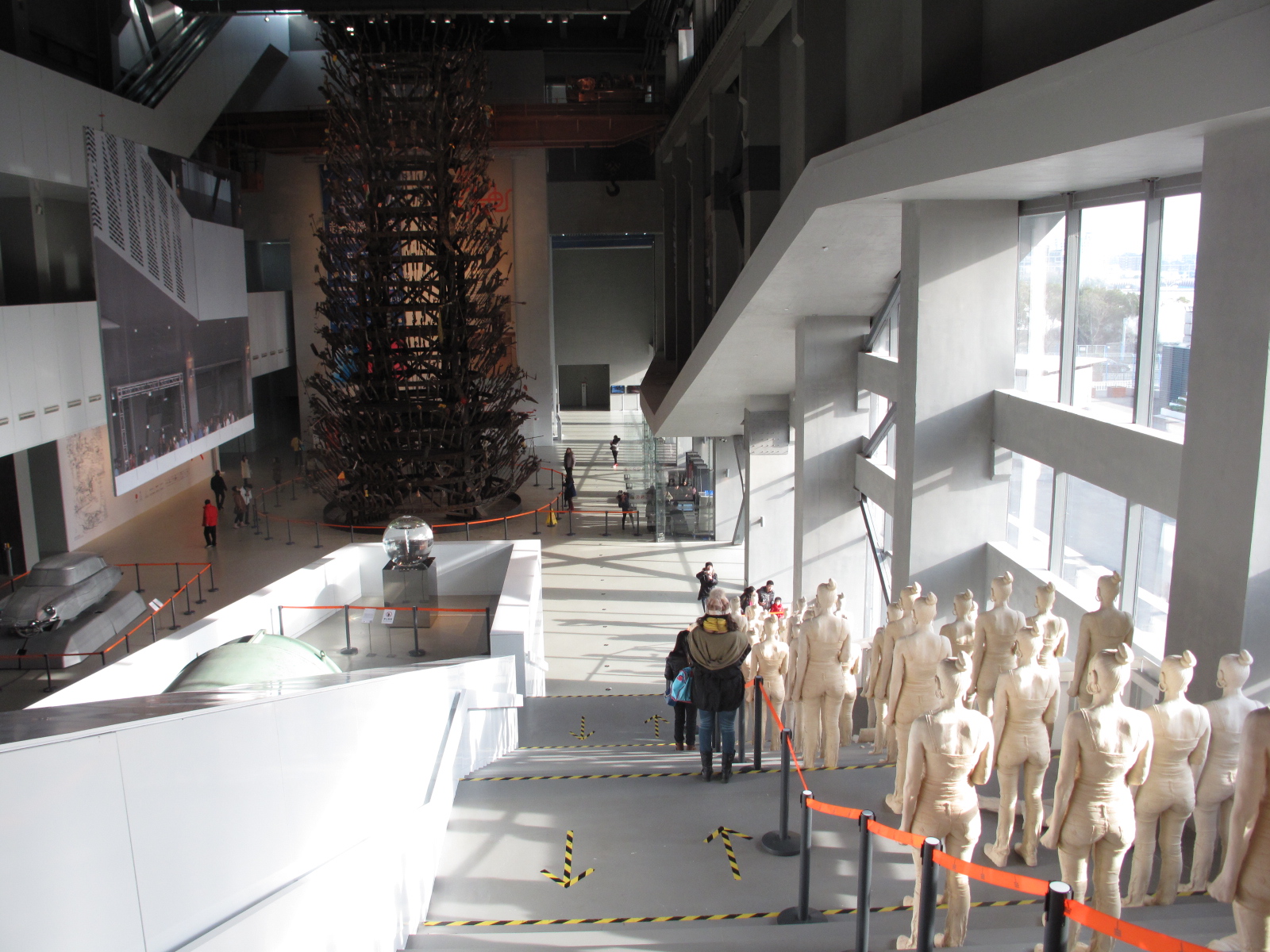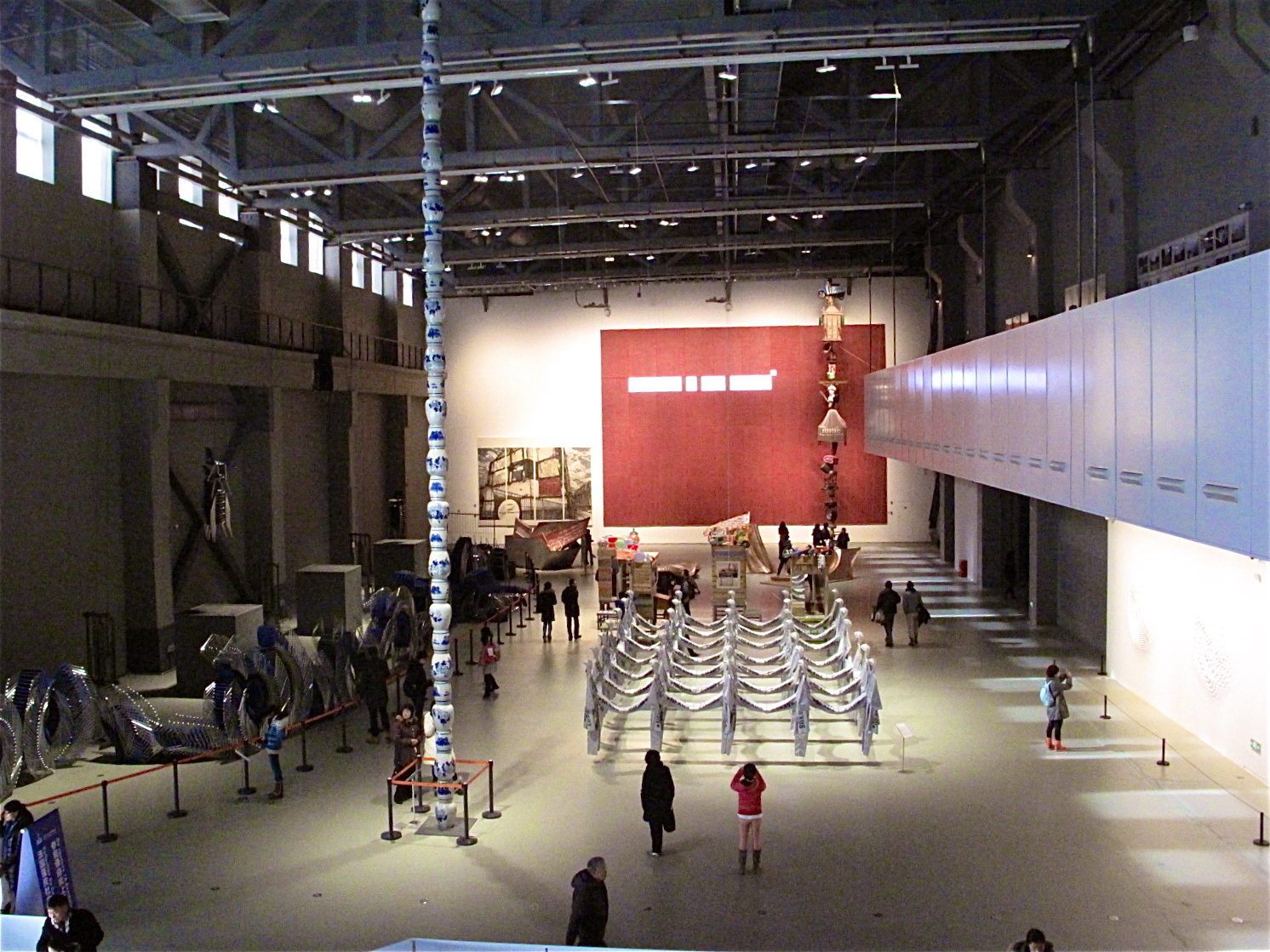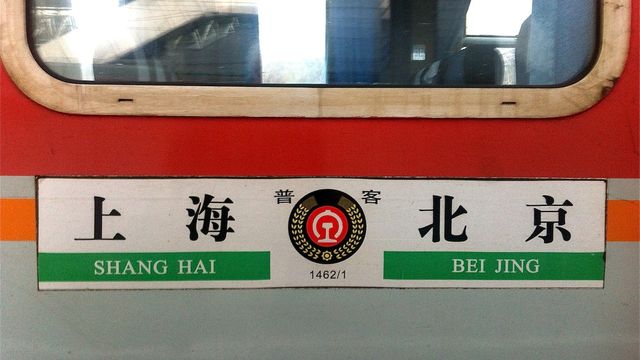
Train to Shanghai
My friend and assistant Xie Hong Dong accompanied me on an overnight train from Beijing to Shanghai to see some galleries and the 9th Shanghai Biennale. This train leaves late at night, and arrives early the next morning. It’s always potluck who you will meet or share a compartment with, if you are fortunate enough to have a sleeping compartment. Most people just have seats or even stand on the trains. We ate, visited with our curious neighbors, then tried to read but, sleepy or not, at 9:00pm all the lights went out abruptly and a cacophony of snoring began shortly thereafter…mercifully the next thing I knew Shanghai was in view.
Reactivation
9th Shanghai Biennale
2012-10-2 – 2013-3-31
Chief Curator: Qiu Zhijie
Co-Curators: Boris Groys, Jens Hoffman, Johnson Chang Tsang-zung
The 9th Shanghai Biennale was located, for the first time, at the 2010 World Expo site, the Pavilion of the Future, which was the old 1897 Nanshi Power Plant. The Power Station of Art is the first public state run museum of contemporary art in Mainland China. It is huge and at times rather raw, which is a better context than the old location at the Shanghai Art Museum’s 1934 Shanghai Race Club Building at People’s Square.
Reactivation was divided into four sections; Resources, Revisit, Reform, and Republic, and looks at “other” ways of finding and obtaining energy. “In modern days energy is obtained through exploitation of natural resources, looking outward for energy and has led to conflicts and wars...” The exhibition statement also states that efforts to develop new energy will not save us from the uneven distribution of resources despite its environmentally friendly face. The “Masters in the East focused their attention on the energy hidden inside themselves and created qiqong, a system of deep breathing exercises to unleash such energy.” The curator tells an interesting story of when he was young, he and his friends did not use stoves to keep warm during the cold winter months, they cuddled together. I have also experienced this myself when I have visited friend’s homes in remote areas during the cold Chinese New Years. Family member huddle around a central table to eat, talk, drink, and at night share beds, to stay warm, as I did with my friends. “Energy is not some hidden treasure waiting to be discovered, it comes from collective consciousness…it is born out of a collective.” “Reactivation is an opportunity for us to think about how we live.” The power plant building has been reactivated but will not generate any power in a traditional sense. Instead it “creates spiritual pulses that would activate the inherent energy within a community.”
As in all Biennales and exhibitions there was a lot of very interesting and not so interesting work. On the upside was Wang Yuyang, a young artist from Beijing I have been following for a while. His sculptural installation, Light, Falling Like a Feather, was sublime. Using a computer Wang charts the gravitational trajectory of a falling feather then replicates its path in a stop motion style using 1000’s of fluorescent tubes cascading down the museum’s light well. Another work I quite liked was the Parisian based Societe Realiste’s State of Shades, an ongoing and in-situ painting project that aims to determine a country’s “national art” color. For the biennale the artists collected and analyzed the 175 highlighted paintings from the National Art Museum of China’s website and established “Pale Brown” as the average color. What was interesting about the installation was that underneath each color bar painted on the wall was the title of the represented painting such as; There Would Be No New China Without PRC, Women Workers, Commune Secretary, Colorful Grass (a predominately grey colored painting), Chairman Liu in the Forest, Yokel in Northwest China, and Doing as Chairman Mao Says. --James Elaine



